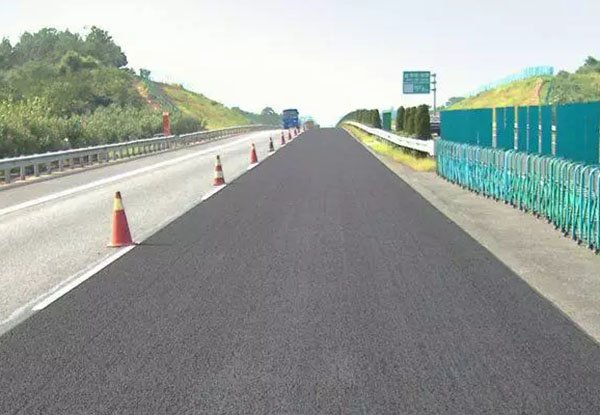1. Technical characteristics of rubber asphalt composite sealing layer construction
Rubber asphalt composite sealing layer is a building material composed of a mixture of rubber and asphalt, mainly used for waterproofing and protection. It has the following characteristics:
(1) Corrosion resistance: able to resist the erosion of various chemicals and extend its service life.
(2) Wear resistance: Good elasticity, not easily damaged, able to withstand various forces on buildings.
(3) UV resistance: The surface is not easily faded and can effectively resist the erosion of ultraviolet rays.
(4) Good flexibility: easy to install, able to adapt to various shapes of building surfaces.
2. Construction method of rubber asphalt composite sealing layer
There are two main construction methods for rubber asphalt composite sealing layer:
(1) Hot melt method: Heat the rubber asphalt sealing layer to a certain temperature to make it viscous, and then apply it on the surface of the building.
(2) Cold pasting method: Directly paste the rubber asphalt sealing layer onto the surface of the building without heating.
3. Types and structures of rubber asphalt composite sealing layers
There are different types and names of rubber asphalt composite seals in pavement structures:
(1) Rubber asphalt stress absorbing layer: used for the top surface of the base layer to reduce pavement cracks.
(2) Rubber asphalt bridge deck waterproof layer: used for the top surface of cement concrete pavement on bridge decks, mainly for bridge deck waterproofing.
(3) Rubber asphalt crushed stone sealing layer: used for road surface, mainly for road maintenance.
(4) Rubber asphalt embedded sealing layer: used for road surface, mainly for maintenance, repair, and reinforcement, with a double-layer structure.
(5) Rubber asphalt crushed stone lower layer: used for Cape sealing layer, mainly for waterproofing, reducing cracks, and increasing road strength, with a double-layer structure.


